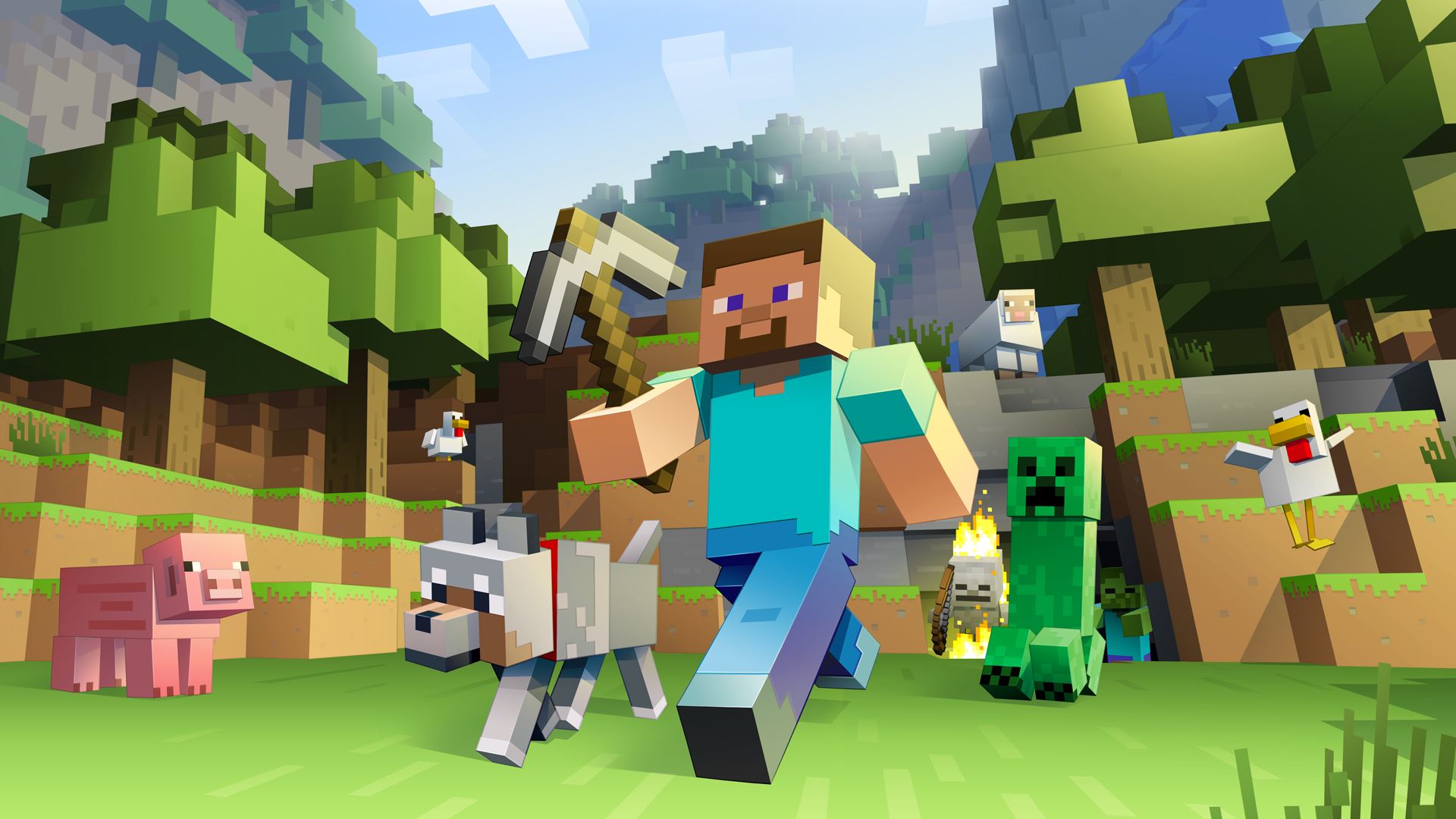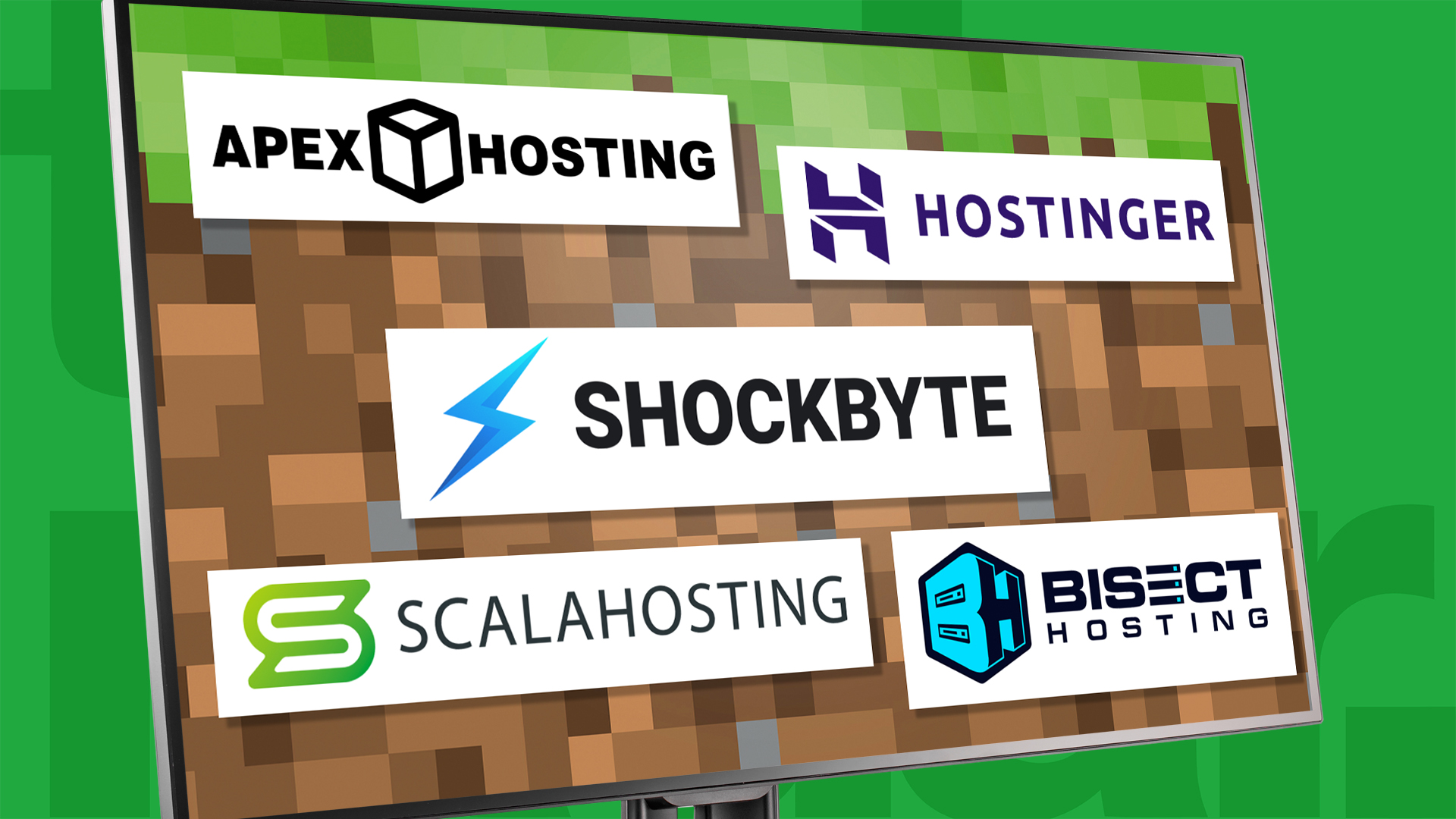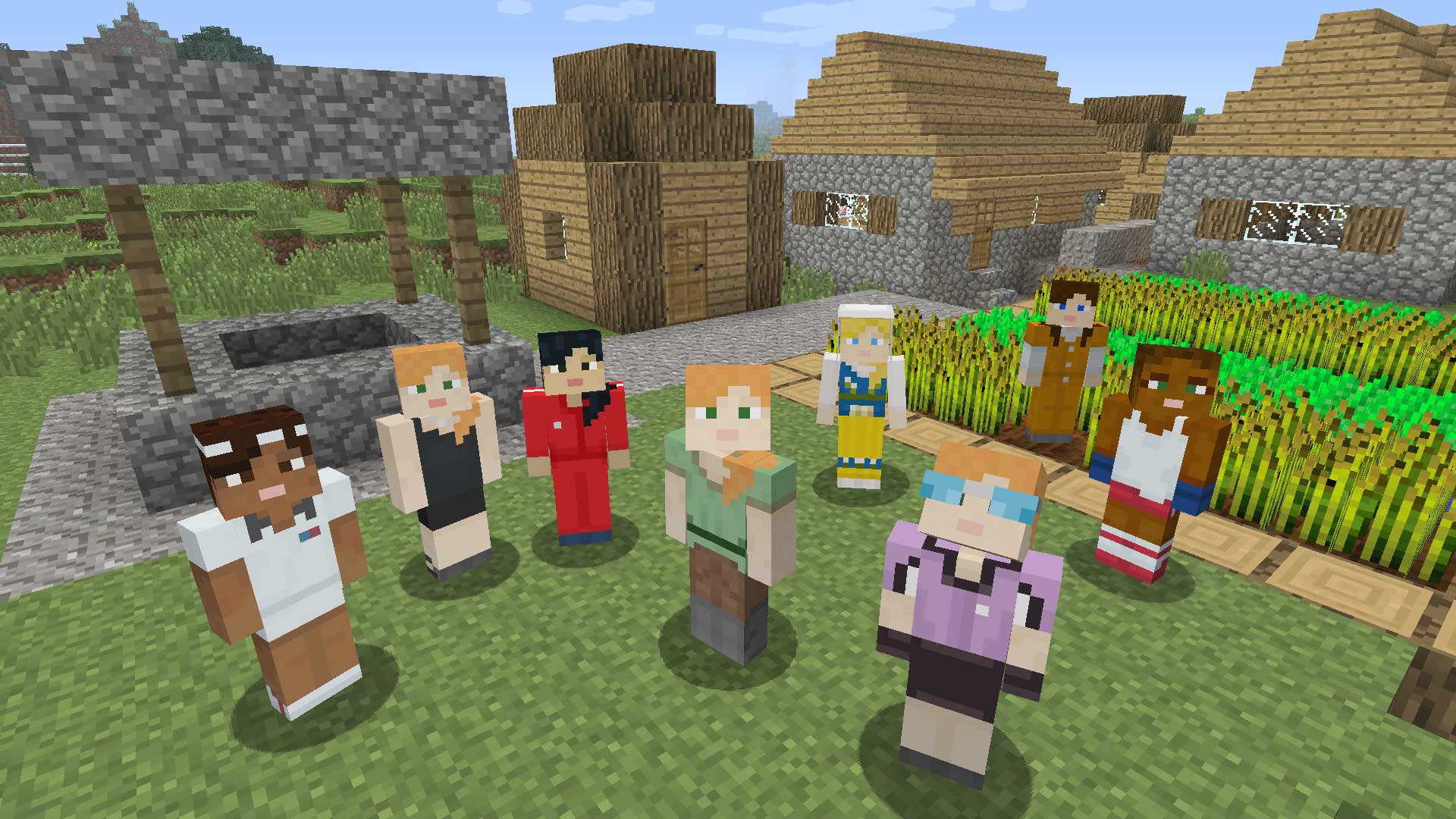How to create a Minecraft server on a VPS
How to set up your Minecraft server just how you like them

If you want to set up a Minecraft server on a VPS, the process may seem daunting. However, it's a great way of giving you full control over your Minecraft experience.
The best Minecraft server hosting is a good entry point but VPS hosting can also be a strong option. Typically more affordable than the best dedicated server hosting, VPS hosting gives you a private virtual space for you, your friends, or your online community.
Below, you'll find everything you need to know about Minecraft servers, what a VPS is, and how you can get things just how you want them. Minecraft is all about versatility, so a VPS will make it easy to hook yourself up with the best Minecraft mods. Read on and I'll take you through it.
How the Blacklyte Kraken Pro is redefining the gaming chair space
The evolution of gaming chairs and what’s next. Click here to find out more.
What is a Minecraft server?
A Minecraft server is effectively the home of where you’re playing Minecraft. Take a look at the best Minecraft servers and you’ll see there’s a huge amount of variety here. It’s basically a lobby full of people playing together. That can be a public server of random players or a private place full of you and your friends.
It’s possible to run your own Minecraft server from your PC but it can be demanding on your hardware (and internet connection) so a better option is to sign up for the best Minecraft server hosting if you want to have full control of what happens. As mentioned though, a VPS can be cheaper.
However you create the server, by doing so, you can choose how items spawn, reshape the in-game physics, add the best Minecraft mods, and generally control a huge amount of the game.

What is VPS?
With a very similar set of letters, it’s easy to confuse a VPS with a VPN. They are very different things though. A VPS is a hosting service like a dedicated server but one where you host your site (or Minecraft server in this case) on a virtual server environment. You’re sharing that environment with other servers and hosting, but it’s still private as the space is reserved for you.
Sign up to the TechRadar Pro newsletter to get all the top news, opinion, features and guidance your business needs to succeed!
A dedicated server may give you more control but for a Minecraft server, you likely won’t need that. It’s still private because you won’t be forced to share RAM, bandwidth, and other resources with other VPS accounts (as is the case with shared hosting), since this sort of server separates your files from all other users using the operating system (OS).
How to set up a Minecraft server using a VPS
You can rent a pre-built Minecraft server but a more affordable option is often to use one of the best VPS hosting providers. That way, you have complete control and it’s a clean slate besides being cheaper (usually). If that sounds tempting to you, it’s important to consider a few things first.

1. Consider your needs and pick up a suitable VPS solution
There’s no one size fits all solution here, so it’s a good idea to think about what you need from your future Minecraft server. Consider the cost alongside the number of players you want to host at any one time. There’s not much point in spending more than you need. A good rule of thumb is that a VPS solution with 1GB of RAM and 20GB of storage space is plenty for hosting up to 20 players.
2. Connect to the VPS via SSH
Connecting to a VPS can be a little tricky at first if you’re new to more advanced things on your PC. You need to connect to it via a SSH client but luckily, pretty much all operating systems have one built-in such as Windows’s Remote Desktop Connection app but you can also download PuTTY which is a popular third-party client.
Once you run the app, enter the IP address of your VPS then your username and password to link to the server. From there, you can configure it however you want.
Set aside some time as you’ll want to focus on getting things right and it can be a little fiddly.
3. Install JDK
While in the SSH, it’s a smart move to install Java Development Kit so you can easily create a Java-based Minecraft server, unless you’re solely planning on using the Bedrock edition. It might not feel essential right now but it’s a pretty simple step while you’re getting started.
4. Download and install Minecraft on your VPS
The next step is to create a separate directory for all of your Minecraft content, including your Minecraft installation. You can do this by running another command on the SSH terminal (such as “mkdir –p /Minecraft”), and then navigating it with yet another command (“cd /Minecraft”).
Once this is complete, it’s time to install Minecraft, so make sure to check Minecraft’s official site for the newest updates and instructions on any oddities which may come up.
5. Accept the EULA
To use the Minecraft server app, you need to accept the EULA and it’s surprisingly easy to overlook this step. While you’re doing it, try to read what you agree to. This can be done with a single command (“echo “eula=true” > eula.txt”).
6. Launch your Minecraft server
Once everything is set up (we’re leaving it to you to know what settings you want), it’s time to run your Minecraft server for the first time. Launch it via a command like this “java -Xmx1024M -Xms1024M -jar server.jar nogui” and be patient. Commands change regularly so be sure to check all the documentation that comes with the server as well as any advice your VPS provider offers. Either way, it usually takes a while to get going so don't worry if it's slow!
Benefits of setting up a Minecraft server using VPS
A VPS server is a cost-effective way of running your own server without relying on a dedicated solution. It can be easier for some people to sign up for shared hosting with a graphical UI to help guide you through things, but a VPS gives you the functionality of a dedicated server so there’s more flexibility here. Also, since you won’t be sharing your server with anyone, you’ll have complete control over it, including root access.
In terms of security, you get a full set of security features like automated and manual data backup, so your data will be safe and secure. It’s also highly scaleable so you can adjust as needed such as if your server proves much more popular and needs an upgrade.
Of course, you also get maximum control in terms of what mods are installed, and it can be worth checking out the best Minecraft shaders and best Minecraft texture packs so you get exactly the experience you want.

Taking your Minecraft worlds to the next level
If you’re thinking about setting up your VPS server for Minecraft, now is the perfect time to do so. VPS solutions provide powerful performance paired with long-term scalability, high customizability, complete access and control, strengthened security, and cost-effective pricing. So, it's no surprise it could do wonders for your Minecraft world as well.

Jennifer is a roving tech freelancer with over 10 years experience. Having graduated from Swansea University with a degree in Media and Communication Studies, and later with a diploma from Staffordshire University with a post graduate diploma in Computer Games Design, she's written for a huge number of publications, including T3, FitandWell, Top Ten Reviews, Eurogamer, NME and many more.
Her main areas of interest are all things B2B, smart technology, wearables, speakers, headphones, and anything gaming related, and you'll find her writing everything from product reviews to buying guides and hunting down the latest coupon codes to save you money. In her spare time, she enjoys the cinema, walking, and attempting to train her pet guinea pigs. She is yet to succeed.
You must confirm your public display name before commenting
Please logout and then login again, you will then be prompted to enter your display name.
